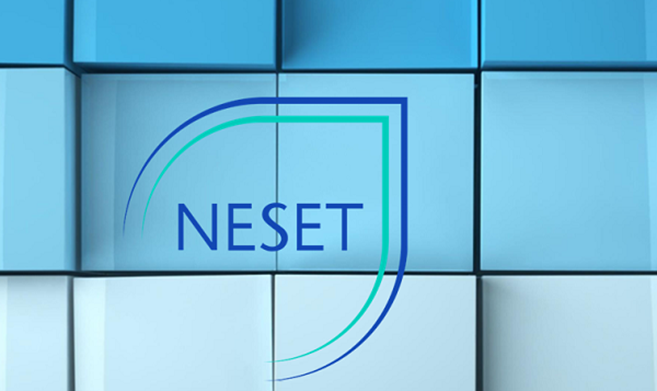Addressing the gender gap in STEM education at every level

The key objective of Addressing the gender gap in STEM education across educational levels is to identify and analyse the factors that contribute to the gender gap in STEM (science, technology, engineering and mathematics) education at individual, contextual and institutional levels.
It highlights the underrepresentation of women among graduates in STEM fields and careers. It examines factors such as societal attitudes, educational practices and the role of educators in shaping perceptions of gender.
The report’s key findings include that though girls perform well academically in STEM subjects, they are less likely to pursue STEM careers than their male counterparts, which is significantly influenced by societal stereotypes and institutional barriers. The report stresses the need for systemic changes, including gender-sensitive teaching and policies that support female participation in STEM from an early age.
The report is divided into four sections:
- Setting the scene – introduces the conceptual framework for STEM education and factors influencing girls' participation in STEM at three levels: individual, contextual, and institutional.
- Results – organised in the same three levels, findings from academic literature and EU-funded projects related to the gender gap in STEM.
- Findings – key insights into causes of the gender gap and the effectiveness of interventions.
- Recommendations – practical, evidence-based suggestions to address gender disparities in STEM education.
The full report is available in English and the executive summary in English, German and French.
Additional information
-
Education type:School Education
-
Evidence:N/A
-
Funding source:European Commission
-
Intervention level:N/A
-
Intervention intensity:N/A
-
Published by:EENEE and NESET (European Commission)
-
Target audience:TeacherStudent TeacherHead Teacher / PrincipalTeacher EducatorResearcher
-
Year of publication:2024
